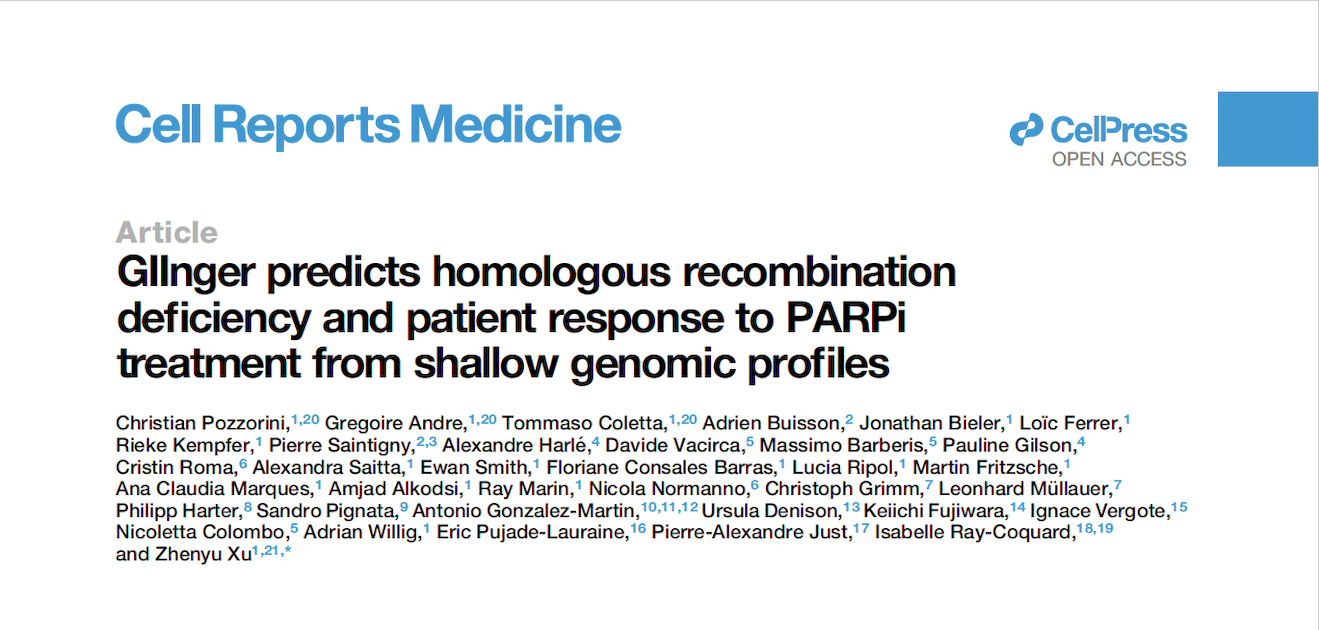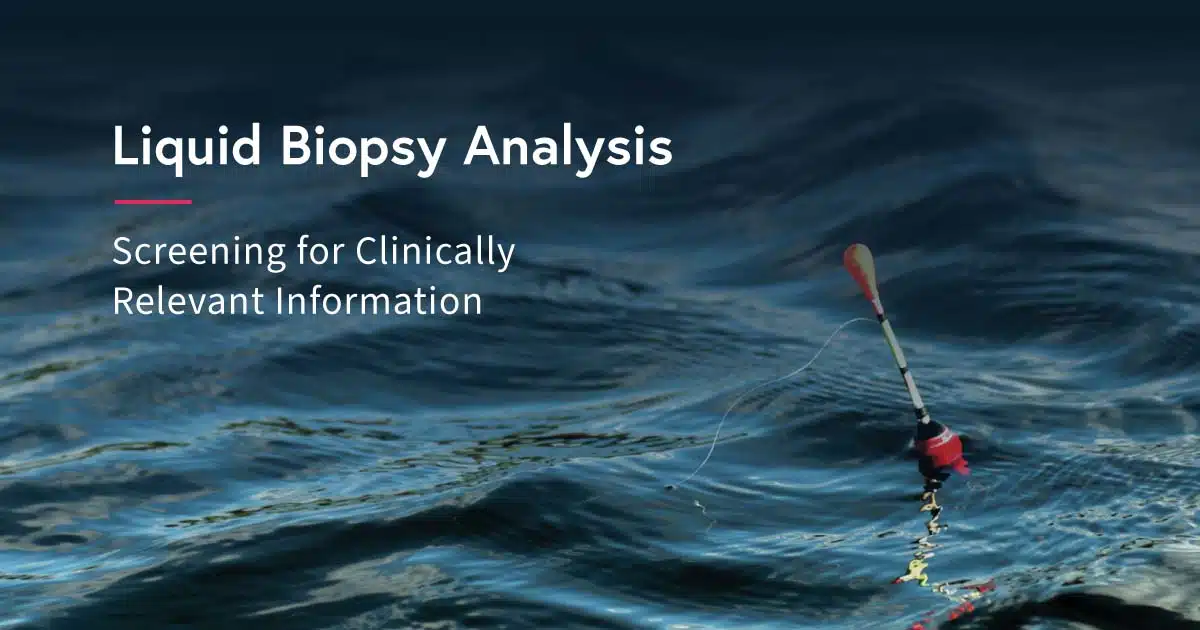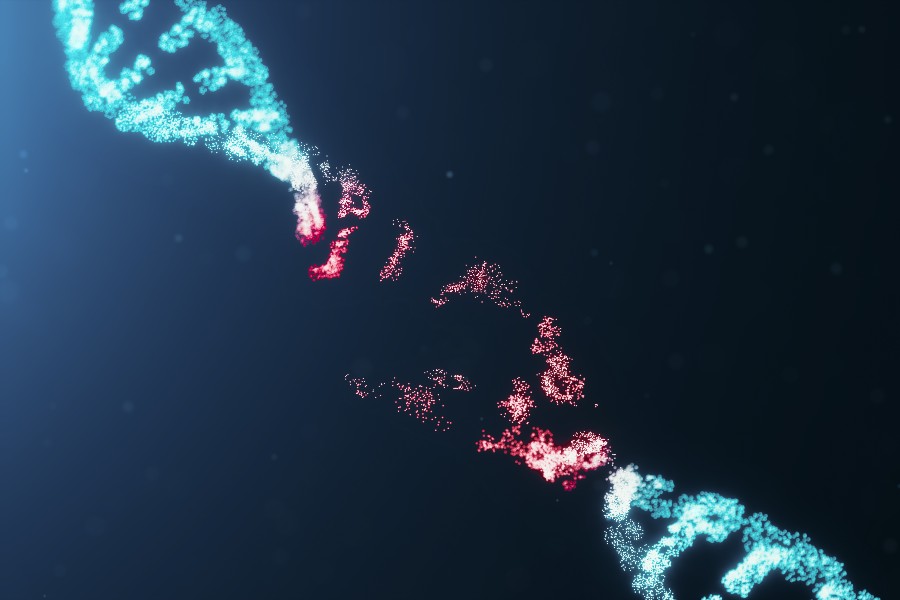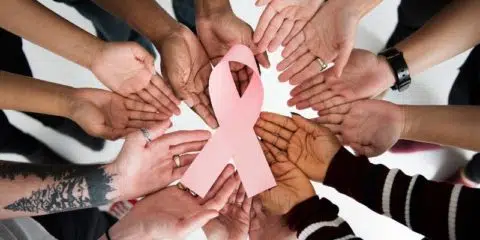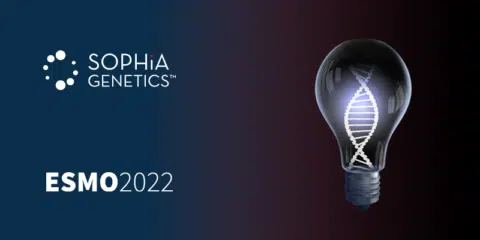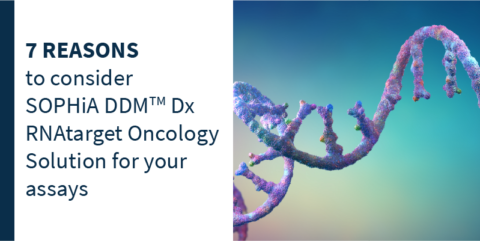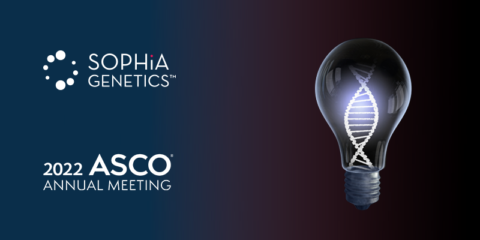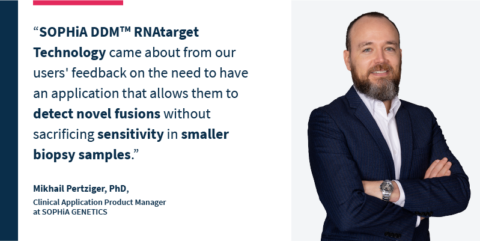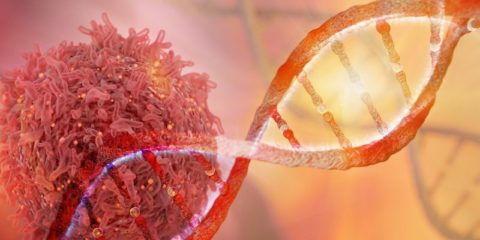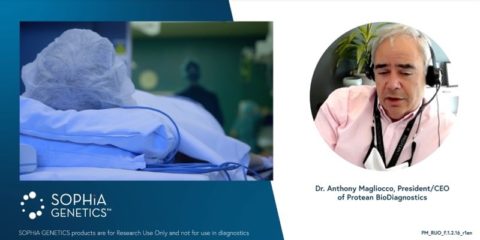Discover how a deep learning algorithm, GIInger™, leverages low-coverage sequencing data to identify homologous recombination deficiency (HRD)-induced genomic instability.
cancer research
Liquid biopsy analysis: Screening for clinically relevant information
Liquid biopsy is revolutionizing precision oncology with a non-invasive approach to tumor profiling. In this blog, we explore its clinical applications and why the right analytical technologies are needed when searching in a sea of genomic data.
Celebrating 1 Year of SOPHiA DDM™ Homologous Recombination Deficiency (HRD) Solution!
This week is marking one year from the official launch of the SOPHiA DDM TM Homologous Recombination Deficiency (HRD) Solution, accelerating and empowering our customers’ clinical cancer research decisions with cost-effective, accurate and fast in-house results.
International Childhood Cancer Day 2023: Better survival is achievable!
February 15th has been globally acknowledged as the International Childhood Cancer Day, a day dedicated to raising awareness on childhood cancer and advocating for better treatment and care for young patients.
How the Future of Genomic Analysis is Already Furthering Breast Cancer Research
The advancement of genomic analysis technology revolutionizes breast cancer research, as it provides better breast tumor classifications, which then leads to enhanced clinical management or precision oncology.
Food for thought from ESMO 2022: the journey towards personalized therapy
Last week we attended the European Society for Medical Oncology (ESMO) Congress 2022, gathering the world’s leading oncologists. Read our summary of three presentations illustrating cancer therapy development.
World GO Day Raising Awareness for Gynaecological Cancers
With over 1.3 million women worldwide diagnosed with gynaecological cancers in 2020, it’s more important now than ever to equip them with tools and resources to promote prevention and early detection of potential cancers.
Seven reasons to choose SOPHiA DDM™ Dx RNAtarget Oncology Solution for gene fusion detection
Cancer management outcomes can strongly benefit from robust and accurate detection of gene fusions. SOPHiA GENETICS developed the SOPHiA DDM™ Dx RNAtarget Oncology Solution to make this possible.
We list 7 reasons to consider SOPHiA DDM™ Dx RNAtarget Oncology Solution for your assays.
Food for thought from ASCO 2022: breaking boundaries in breast cancer research
Last week we attended the 2022 American Society of Clinical Oncology (ASCO) meeting, gathering the world’s leading researchers in oncology. Read our summary of four groundbreaking presentations on breast cancer research.
Expect more from your RNA analyses with the new SOPHiA DDM™ RNAtarget Technology
Q&A with the Clinical Application Product Manager, Mikhail Pertziger, PhD
Pan-cancer testing of microsatellite instability to optimize cancer management strategies
Microsatellite Instability: how do microsatellites mutations correlate with cancer?
How Protean BioDiagnostics utilizes SOPHiA GENETICS for more comprehensive genomic analysis and research
Larger panels may cast wider nets, but optimization with patented algorithms through our universal platform gives more actionable insights without sacrificing data quality.
